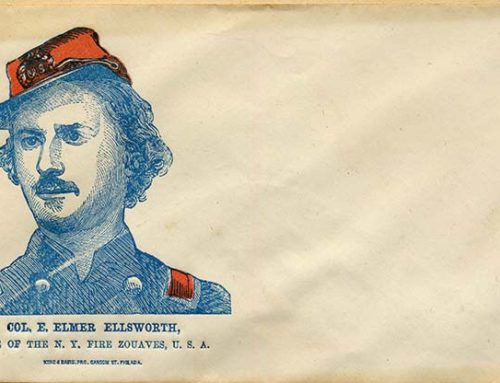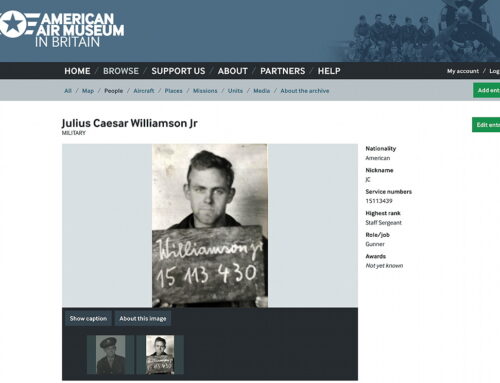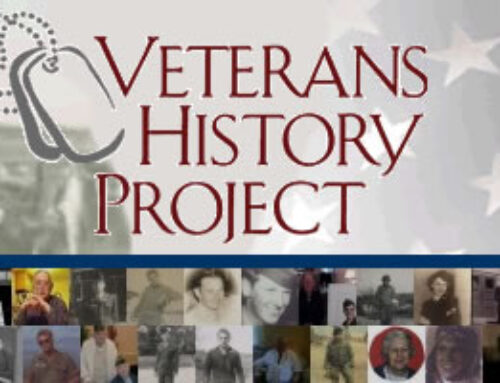Have you used Civil War veterans G.A.R. resources in your genealogy research?
At its peak in 1890, 409,489 Civil War veterans belonged to the G.A.R., or Grand Army of the Republic. If you have an ancestor who was an honorably discharged Union soldier, try searching for G.A.R. records.
About the Grand Army of the Republic
Anthony Waskie at civilwarcurriculum.com writes, “After their service in the Union armed forces during the great Civil War had ended, many of the veterans who survived the turmoil were mustered out of service and had gone home. Some of these men began to pine for the friendships and camaraderie that they had shared during the war. Veterans’ clubs began to spring up around the country. Many were local and most did not last very long but a few went on to become national organizations. One of these was the Grand Army of the Republic, or simply the GAR.”
last very long but a few went on to become national organizations. One of these was the Grand Army of the Republic, or simply the GAR.”
The Grand Army of the Republic was founded in Decatur, Illinois on April 6, 1866, by Chaplain Rev. William Rutledge  and Benjamin F. Stephenson, an army regimental surgeon. They served together in the 14th Illinois Volunteer Infantry under Major General William Tecumseh Sherman. Stephenson and Rutledge talked about the need after the war for an organization of “soldiers so closely allied in the fellowship of suffering” who would “naturally desire some form of association that would preserve the friendships and the memories of their common trials and dangers.”
and Benjamin F. Stephenson, an army regimental surgeon. They served together in the 14th Illinois Volunteer Infantry under Major General William Tecumseh Sherman. Stephenson and Rutledge talked about the need after the war for an organization of “soldiers so closely allied in the fellowship of suffering” who would “naturally desire some form of association that would preserve the friendships and the memories of their common trials and dangers.”
Membership was limited to honorably discharged veterans of the Union Army, Navy, Marine Corps or the Revenue Cutter Service, who had served between April 12, 1861 and April 9, 1865. One of the first organized advocacy groups in American public history, the GAR became a potent political force. Members supported voting rights for African American veterans and endorsed Republican political candidates. They also lobbied Congress for veterans’ benefits, including pensions, medical care, survivors’ benefits, and the creation of National Homes for Disabled Volunteer Soldiers.
The last surviving G.A.R. member and the last Civil War veteran, Albert Woolson of Duluth, Minnesota, died at the age of 109 in 1956. He had been a Union drummer boy at Gettysburg.
Civil War Veterans GAR Records

Inter Ocean (Chicago, Illinois), 17 Nov 1895, p. 4
Try searching newspapers for your ancestor’s name plus G.A.R, encampment, post, or officer. Finding an obituary for your Civil War ancestor may contain clues to the name of the local post to which the veteran belonged.
- Grand Army of the Republic Records Project
- The Sons of Union Veterans of the Civil War, legal successor to the G.A.R.
- The Grand Army of the Republic and Kindred Societies: A Guide to Resources in the General Collections at the Library of Congress,
- State Encampments: Bibliography, entries include name of department, date organized, and list of relevant materials in the general collections of the Library of Congress
- National Encampments: Bibliography, Library of Congress resources on G.A.R. annual national gatherings called Encampments
- Grand Army of the Republic Museum and Library
- The History of the Grand Army of the Republic, by Robert Burns Beath, New York: Bryan, Taylor, & Company, 1889
For other blog posts on Civil War records, click here. And don’t forget: the G.A.R. was a private organization, so the National Archives does not hold G.A.R. records.
G.A.R. Iconography
Some clever person will someday (soon I hope) put together a guide to the architectural remnants of G.A.R. posts. Some communities have protected and restored G.A.R. buildings, like the one in Aurora, Illinois. Other architectural bits and pieces require a sharper eye. Midwestern churches built in the 1880-1890s frequently featured G.A.R. stained glass windows like the two featured images at top and the others below.









Thank you, Michael. I grew up around these images and never really processed the significance before. And since I went to library school in DC and hung around the National Archives, I’m amazed/appalled I never noticed that great monument before this.
Wonderful overview of the GAR, Nancy. These are some pretty great records. I was able to follow my third great-grandfather’s GAR post from its inception to its closing with only three members left.
I live in Washington, DC and there’s a tall stone monument commemorating the creation of the GAR. It’s in a small plaza across the street from the National Archives. Check it out: http://www.familysleuther.com/2016/07/albert-benedicks-final-enlistment-grand.html